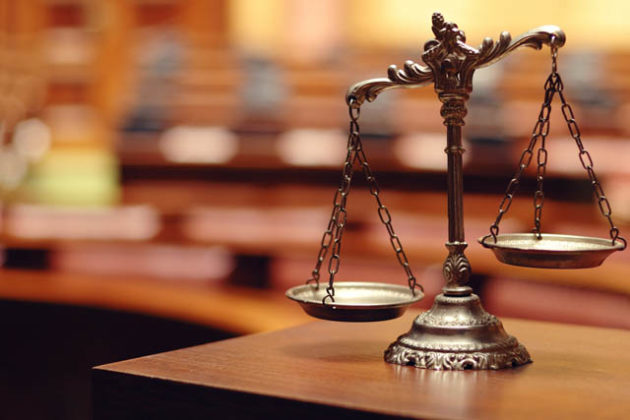Home » BASICS OF THE INDIAN LEGAL SYSTEM

India has one of the oldest legal systems in the world with its laws and jurisprudence dating back centuries and evolving like a living way of life with the people of India adapting to the changing times. It is a misconception that the Indian legal system gained a systematic shape and development only during British rule rather we have a traditional mindset of following laws and regulations and doing our duties for the society which can be inferred from the verses of Manu smriti that Dharma i.e., Rule of Law is the supreme power in the state and the King is also subject to Law to realize the goal of Dharma.
The Indian legal system is a complex framework of laws, regulations, and institutions that govern the country. Here are the basics of the Indian legal System:
It is important to note that this is a brief overview of the Indian legal system, and there are many more intricates and details within each aspect.
From
Ms. Mohini Taneja
Assistant Professor
June 2, 2023RECENT POSTS
CATEGORIES
TAGS
Agriculture Agriculture future AI Architecture artificial intelligence BA English BA Psychology BTech CSE BTech Engineering Business management career Career-Specific Education career guide Career Opportunities career option career scope Civil engineering commerce and management Computer Science Computer science engineering Data science degree education Engineering Engineering students English Literature english program Exam tips Fashion Design Fashion design course Higher Education Journalism journalism and mass communication law Law career Machine Learning MA Psychology Master degree mathematics MBA Mechanical Engineering Pharmacy Psychology Research and Development students
University Address: Nachauli, Jasana Road, Faridabad, Haryana
Toll Free: 1800-120-4613
Mobile : 8447744303 | 8447744304 | 8447744306 | 8447744309
Address: C-72, Second Floor, Shivalik, Near Malviya Nagar,
Above HDFC Bank, New Delhi 110017
Ph.No. - 011-46570515 / 45138169 / 41755703 / +91-7303152412
Jagmani Kutir, Ground Floor, Road No-1, Rajeev Nagar,
Near Darbar Marriage Hall, Patna-800024, Bihar
Contact No: 9818352069/8130120095
Mail: [email protected]
Copyrights © 1998 - 2025 Lingaya's Vidyapeeth (Deemed To Be University). All rights reserved.
It is important to note that the following email IDs and domains are fraudulent and do not belong to our university.
LV only conducts physical/online verification of any document related to examination on the following email id: